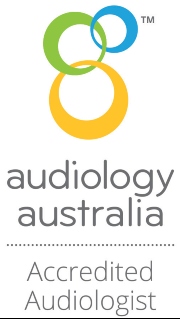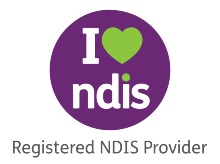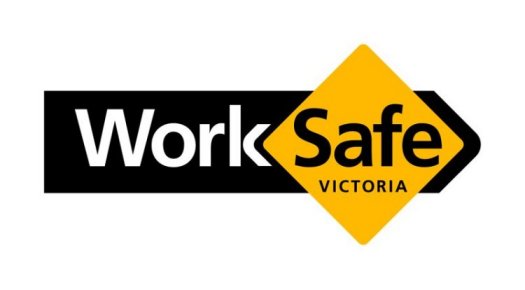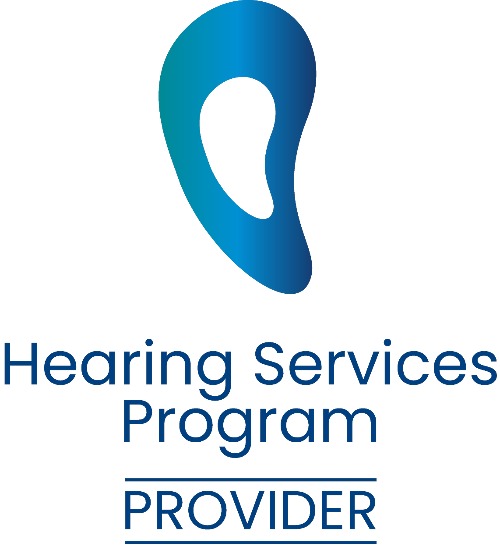Rechargeable Hearing Aids
What are the Pros & Cons of Rechargeable Hearing Aids?
Updated September 2023
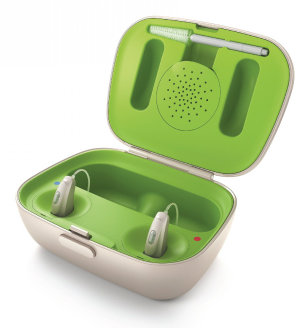
Rechargeable hearing aids have surged in popularity recently, particularly with the introduction of the latest wave of long lasting rechargeable hearing aids from all leading manufacturers.
Rechargeable hearing aids have been around for a long time, however, they were not overly popular because of power output. As new features were added, such as streaming, usage got even worse.
There are 3 types of rechargeable batteries for hearing aids:
- Lithium-Ion (Li-ion)
- Silver Zinc (Ag-Nz) – phased out in 2020
- Nickle Metal Hydride (NI-MH) – older technology
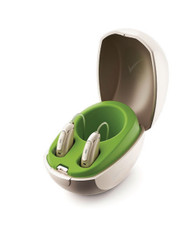
The New Generation of Rechargeable Hearing Aids
A new generation of rechargeable battery technologies has arrived and it promises to make life easier. Two new rechargeable hearing aid technologies arrived on the market in 2016, Lithium-Ion and Silver-Zinc. Both of these technologies offered excellent usage and convenience with one-charge-per-day-standard, but each have different benefits and limitations.
By 2020, all leading hearing aid manufacturers phased out Silver Zinc batteries, and now offer a comprehensive range of Lithium-Ion rechargeable models.
| Lithium-ion Hearing Aids | Silver-Zinc Hearing Aids - Phased Out in 2020 |
|---|---|
|
Lithium-Ion Rechargeable Hearing Aids
The lightest of all rechargeable batteries, Lithium-ion is used in countless rechargeable portable devices such as mobile phones, cameras, laptops, power tools and even cars. Lithium-ion batteries offer the fastest charging time and the longest lasting battery on the market today.
Lithium-ion hearing aids have sealed, integrated power pack systems. Sealing the battery in the body of the hearing aid means it is protected from mishandling and from dust and moisture, which is great for safety and reliability. However, a sealed battery means that it can not be replaced by the user or Audiologist - the hearing aid needs to be sent back to the manufacturer for replacement. The good news, however, is that we offer a 4-year warranty on most hearing aids , which covers the lithium-ion battery (except Oticon models, where the lithium-ion battery is considered a consumable, and has a 1-year warranty).
Lithium-ion has a typical life expectancy of between four and six years, which means the battery pack will have to be replaced when performance declines - like all devices which run on lithium-ion batteries, such as your iPhone, the battery will continue to provide power but the capacity degrades over time.

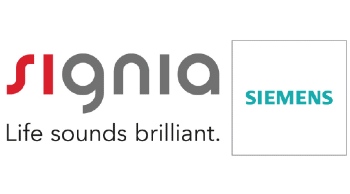
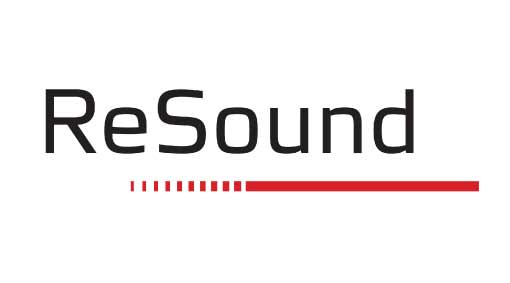
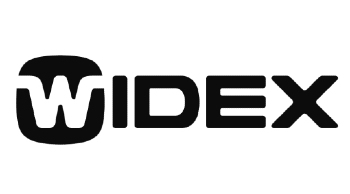

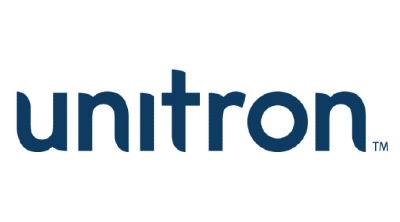
| Pros of Lithium-Ion Rechargeable Hearing Aids | Cons of Lithium-Ion Rechargeable Hearing Aids |
|---|---|
|
|
Silver-Zinc Rechargeable Hearing Aids
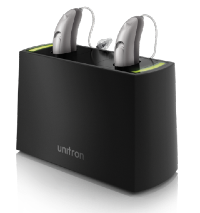
By 2020, all leading hearing aid manufacturers phased out Silver Zinc batteries, and instead offer a comprehensive range of Lithium-Ion models.
Like the Lithium-Ion systems, Silver-Zinc batteries provide power for a day of use. However, Silver-Zinc rechargeable systems are not integrated and not sealed into the hearing aid, which means if you forget to recharge your hearing aid, you can simply slip in a disposable battery. In addition, Silver-Zinc is more stable than Lithium-Ion - it won't explode when damaged.
Some manufacturers, such as Unitron and Oticon, have made their Silver-Zinc rechargeable hearing aid system backward compatible. If you currently own a Moxi Fit or Oticon Opn miniRITE, you can buy the kit and make your hearing aids rechargeable.
| Pros of Silver-Zinc Rechargeable Hearing Aids | Cons of Silver-Zinc Rechargeable Hearing Aids |
|---|---|
|
|
Contact us on 1800 00 4327 to find our more
Second Generation ZPower
In 2019, ZPower released a more robust and reliable Second Generation Rechargeable system for silver-zinc rechargeable hearing aids.
According to Widex, the ZPower Second Generation Rechargeable System has the highest energy capacity compared to all other rechargeable 312 batteries. It outperforms other rechargeable options by more than 20%, and the battery can be charged hundreds of times without losing significant capacity. The ZPower Second Generation Rechargeable System now has a more robust design to reliably have enough power for a full day’s use.
The ZPower Second Generation Rechargeable System now offers an additional coating, giving vital metal parts higher protection from corrosion. So wearers can go out in any climate and feel confident that their hearing devices will work.
What factors impact performance of rechargeable hearing aid batteries
There are four primary factors which can influence battery performance:
- Hearing aid features
- Wireless sound streaming
- Amplification
- Battery drain
Hearing Aid Features
Modern hearing aids offer a range of advanced features, which provide clearer and more comfortable sound. Technologies like noise suppression and feedback cancellation continuously monitor and process sound via an onboard computer. These active processes increase power consumption leading to higher battery drain. These features not only differ among the hearing aids but also by the hearing aid user. For example, a person with a more pronounced hearing loss may require more feedback cancellation than someone with less hearing loss and may have more demands on the battery and shorter battery life.
Wireless Sound Streaming
A substantial amount of energy is used every time you stream audio from your smartphone, TV, iPad, or other wireless accessories. Wireless streaming also happens when your left and right hearing aids talk to each other to exchange audio or data. Many hearing aid pairs maintain a constant wireless connection to provide more comfort and benefit in noisy environments. The more you stream, the more the battery will be drained.
Amplification
Battery performance can also be impacted by the amount of amplification provided by the hearing aids. When you turn up the volume of your hearing aids, the hearing aids will drain the battery at a slightly faster rate. For those with more severe hearing loss, more amplification is required to provide adequate volume. Unfortunately, this also means more power consumption. Also, if one ear has more hearing loss than the other ear, the battery life on the more impaired ear could be shorter.
Battery Drain
Battery drain refers to how fast the hearing aid drains power from the battery. Hearing aid manufacturers typically publish current drain figures for every new hearing aid they produce. When current drain is measured by the manufacturer, hearing aids are put into a "test mode" which disables advanced features and wireless connectivity. As a result, manufacturer specifications of current drain typically underestimate true battery drain in the real world.

